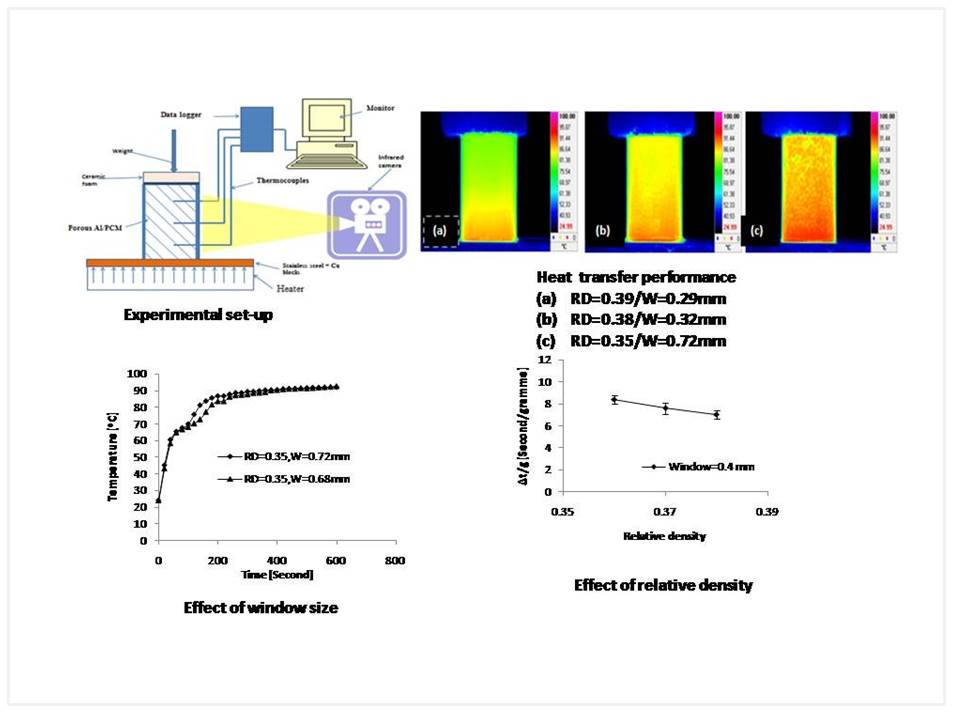Chemical Science & Engineering Research
Title
Heat Transfer Performance of Latent Heat Storage Medium Infiltrated in Porous Aluminium- Experimental Approach
Authors
Njoku Romanus Egwuonwu
Department of Metallurgical and Materials Engineering, University of Nigeria, Nsukka
*Corresponding author E-mail address: romanus.njoku@unn.edu.ng
Article History
Publication details: Received: 30th August 2020; Revised: 28th September 2020; Accepted: 28th September 2020; Published: 27th October 2020
Cite this article
N. R. Egwuonwu. Heat Transfer Performance of Latent Heat Storage Medium Infiltrated in Porous Aluminium- Experimental Approach. Chem. Sci. Eng. Res., 2020, 2(5), 10-16.

Abstract
Thermal energy storage unit with phase change material (PCM) is a critical component of many solar heating/solar power plants and waste heat recovery systems. However, the intrinsically low thermal conductivity of PCMs is their major drawback leading to the inefficiency of these thermal energy storage systems. An experimental set- up was designed to evaluate the transient thermal behaviour of phase change material (PCM)/porous aluminium composites. Stearic acid wax was used as PCM and was infiltrated into porous aluminium structures to enhance effective thermal conductivity and thermal diffusivity. Porous aluminium structures were manufacture by infiltrating liquid aluminium through the inter-granular pore spaces created inside a sodium chloride bead pack. Samples were characterized using scanning electron microscopy and optical microscopy. A test rig was developed that consisted of a heat source, K- type thermocouples, infrared camera, data logging instruments and computers equipped with “Altair” software. The result indicated that the system parameters of the PCM/porous aluminium composite have a significant effect in its heat transfer behaviour. The heat transfer performance of the PCM/porous aluminium composite was increased significantly (up to 8- 13 times depending on the morphology of the porous structure) relative to the pure stearic acid PCM. The rate of change of temperature within the composites was found to be dependent upon the balance between the relative density and window diameter of the porous aluminium structures.
Keywords
PCM; stearic acid; porous aluminium; heat transfer performance; relative density; window size